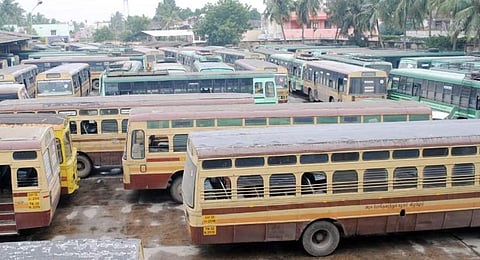

In the bustling cities of India, where educational institutions thrive, a significant challenge persists— the shortage of reliable public transport for students. As young minds eagerly pursue knowledge, they often find themselves grappling with the limitations of transportation infrastructure.
One of the major issues contributing to this predicament is the sheer volume of students commuting daily. With numerous educational institutions concentrated in urban areas, the demand for transportation far exceeds the available resources. Overcrowded buses and trains become a common sight during peak hours, leaving students with limited options for a comfortable and timely commute.
The inadequacy of public transport also takes a toll on the punctuality of students. Many educational institutions have strict attendance policies, and tardiness due to unreliable transportation can adversely affect academic performance. Students often find themselves caught in a dilemma—balancing the need for education with the challenges posed by the transportation system.
Moreover, the safety of students is a growing concern. Overcrowded buses and trains not only pose a risk to physical well-being but also create an environment conducive to harassment. Female students, in particular, face heightened vulnerabilities, making it imperative to address these safety issues as part of the broader transportation problem.
The lack of last-mile connectivity exacerbates the issue. Even if students manage to reach a bus or train station, the absence of convenient transportation options for the final stretch of their journey becomes a hindrance. This gap in connectivity adds precious minutes to their commute, further compounding the overall challenge.
Addressing the shortage of public transport for students requires a multi-faceted approach. Investments in expanding and improving transportation infrastructure, especially in areas with a high density of educational institutions, are crucial. Additionally, implementing strategies to enhance safety measures and last-mile connectivity will contribute significantly to alleviating the struggles faced by students.
In conclusion, while India boasts a vibrant educational landscape, the shortage of reliable public transport remains a persistent obstacle for students. Efforts to bridge this gap must involve collaborative initiatives from educational institutions, local authorities, and transportation agencies.
